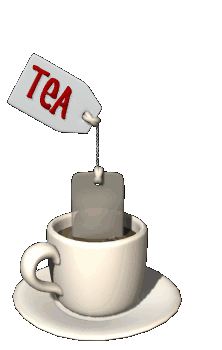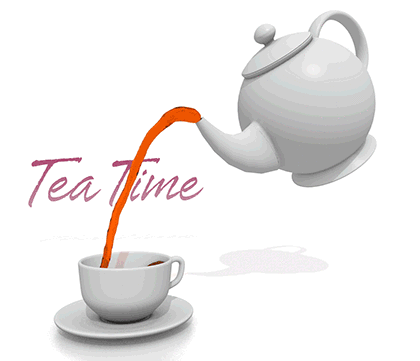

British workers by law, have the right to a minimum of a twenty-minute break in a shift of six hours; government guidelines describe this as "a tea or lunch break". More informally, this is known as elevenses, i.e. a couple of hours before the midday meal, traditionally served at 11 am.
Builder's tea in a mug is typical of a quick tea break in the working day.
Earl Grey Tea
Earl Grey is a robust tea infused with a hint of bergamot oil. The bergamot oil is derived from bergamot orange, which is a hybrid of the Citrus limetta and Citrus aurantium. Traditionally, Earl Grey tea is made with black tea. However, there are now different varieties of Earl Greys. These variations are made from green tea or oolong tea.
According to historians, the Earl Grey blend could be named after Charles Grey, the British Prime Minister in the 1830s. Rumor has it that he received the first the tea as a gift from a Chinese woman. But according to Twining’s, the tea was a unique infusion which was presented by a Chinese envoy to Lord Grey.


Darjeeling tea
Darjeeling tea is a light colored tea with a mild, floral aroma. The tea originated in the Darjeeling district in West Bengal, India. The tea is distinct for its refreshing, thin-bodied flavors. It is available in black, green, white or oolong tea.
Darjeeling tea is made from the smaller variety of Chinese Camellia sinensis. Just like Earl Grey, Darjeeling tea was made of black tea but newer varieties are made with green or oolong tea.
Breakfast Tea
Breakfast tea is the most common of all tea types in Britain. This infusion is made from a blend of black teas from Assam, Ceylon, and Kenya. More expensive blends of breakfast tea sometimes include Keemun. Breakfast tea features a full-bodied, rich flavor and a robust aroma. It is usually mixed with milk and sugar and is drank during a hearty English breakfast. In fact, drinking this tea for breakfast has been a long-standing British tradition that goes back to colonial times!


Green Tea
Green tea is a delicate infusion of minimally processed tea leaves. Because the tea leaves have gone through less oxidation, the tea has a mild, refreshing flavor, light greenish color, and a slightly “green” aroma. The flavors of green tea will depend on how it was processed. Some green tea has a distinct grassy flavor while others have a smoky, almost savory taste!
Japanese green tea is considered the gold standard in green tea. Authentic Japanese green tea has a brighter green color and bitter aftertaste.
Oolong Tea
Oolong tea is a semi-oxidized tea with very strong flavors. The tea is processed by letting the tea leaves wither under the strong sun, triggering oxidation. After drying the tea leaves, they are balled or curled and then steeped to add a new dimension of flavor.
The tea is then carefully prepared to bring out its roasted aroma and fresh, fruity taste! In Britain, oolong tea is often blended with milk and honey to complement its robust flavors.





